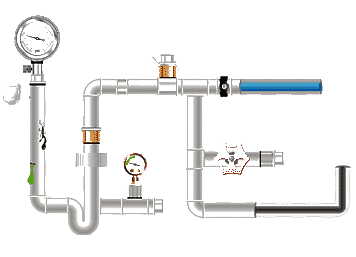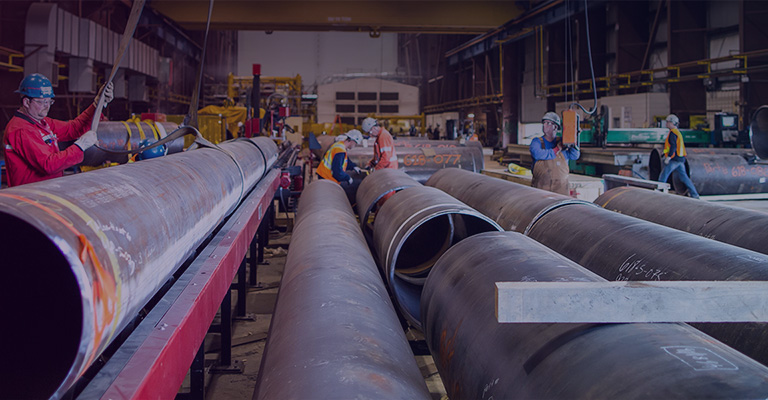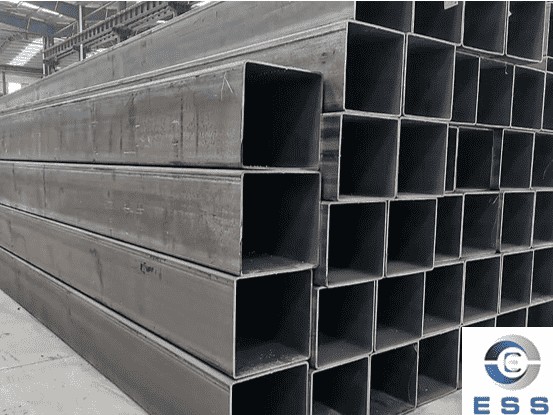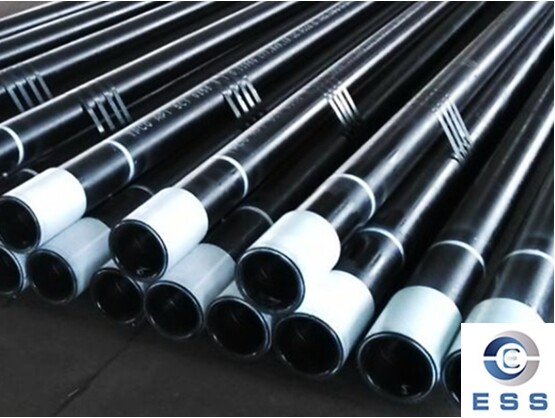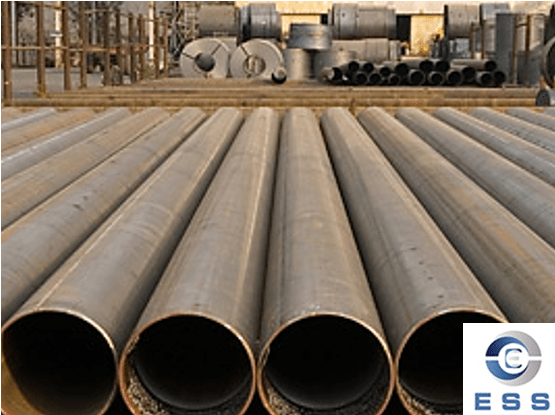Spiral steel pipes and
seamless steel pipes are relatively common pipes in life, and are used in house decoration and construction. So what is the difference between spiral steel pipe and seamless steel pipe? Then let's find out.
What is a spiral steel pipe?
Spiral steel pipe (SSAW) is a spiral seam steel pipe welded by automatic double-wire double-sided submerged arc welding process with strip steel coil as raw material, often extruded at high temperature. The spiral steel pipe sends the strip steel into the welded pipe unit, and after multi-roll rolling, the strip steel is gradually rolled up to form a round tube billet with an opening gap. Adjust the decrement of the squeeze roller to control the weld seam gap at 1~3mm, and make both ends of the weld joint flush. The appearance of the spiral pipe has spiral welding ribs, which is caused by its processing technology.
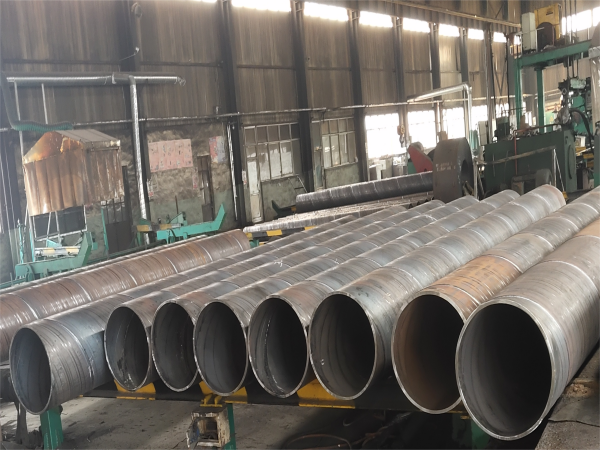
What is a seamless steel pipe?
Seamless steel pipe (SMLS) is a long strip of steel with a hollow section and no joints around it. It is made of steel ingot or solid tube billet by piercing, and then hot rolling, cold rolling or cold drawing. Pipelines are widely used to transport fluids, such as pipelines for transporting oil, natural gas, gas, water and certain solid materials.
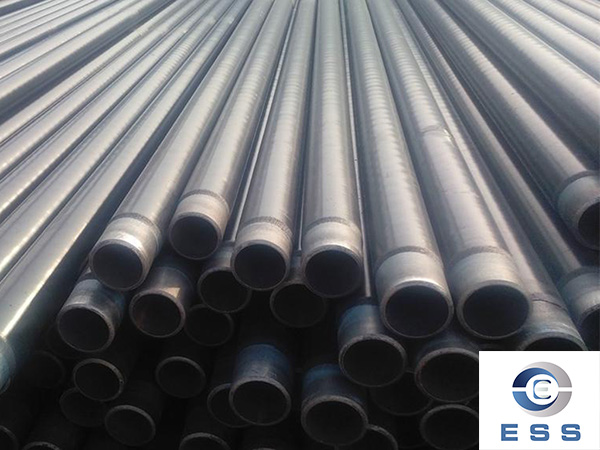
Spiral steel pipe VS Seamless steel pipe
The difference between spiral steel pipe and seamless steel pipe:
1. Different production methods
The seamless steel pipe is made by heating
and punching the tube blank. It has no seams and the material needs to be
determined on request.
The spiral steel pipe is made by heating
and rotating the strip steel once, and the material needs to be changed
according to the needs. The problem that the seamless large-diameter pipe is
not easy to manufacture is solved.
2. Different finished product appearance
Spiral steel pipe has a more visible weld
seam, typically showing a continuous pattern of base material and weld seam
along the spiral direction of the pipe.
Seamless steel pipe has no weld seams,
resulting in a very uniform material and structure throughout the pipe. This
allows seamless steel pipe to better withstand stress when subjected to
external pressure, reducing the risk of leakage.
3. Different performance
Since seamless steel pipe has no weld
seams, it has higher strength and toughness, and better overall corrosion
resistance.
The weld seams of spiral steel pipe are
relatively weaker in terms of mechanical properties, making them more
susceptible to cracking.
4. Different size range
Seamless steel pipe has a relatively narrow
and more flexible size range, typically within a certain diameter and wall
thickness range. However, for special specifications and large diameters,
seamless steel pipe is more difficult and expensive to produce.
Spiral steel pipe has a wider size range,
allowing for larger diameters and varying wall thicknesses. Due to its
relatively simple production process, spiral steel pipe is a more suitable
choice for special specifications and large diameters.
5. Different prices
Compared with seamless pipe, the price of
spiral pipe is more economical.
Seamless steel pipes have higher production
complexity and demanding raw material quality, leading to higher costs,
especially for large-diameter
seamless steel pipes.
Spiral steel pipes, produced from coils,
offer a simpler and more economical production process, and offer significant
cost advantages for large-diameter pipes.
6. Different fields of application
Seamless steel pipes are generally used for
high temperature and high pressure fluids, spiral steel pipes are generally
used for fluids below 30 kg, and large diameter ones are used for medium and
low pressure fluids.
Seamless pipes are used in different places
according to different production standards, mainly for industry. Spiral pipes
are mainly used for low-pressure water delivery, heating and piling pipes, etc.
Selection guide
1. Choose seamless steel pipe
For high-security, high-pressure, and
high-strength projects, such as petrochemical and power boiler systems, choose
seamless steel pipe.
2. Choose spiral steel pipe
For large-diameter, cost-sensitive
projects, such as municipal water supply systems and structural supports,
choose spiral steel pipe.
Ultimately, the choice depends on the
operating pressure, required diameter, and budget.
Summary
In summary, seamless and spiral steel pipe
differ in manufacturing process, appearance, performance, size, price, and
application areas. When choosing, consider a comprehensive range of factors,
including actual needs, application environment, and budget, to ensure you
select the most suitable steel pipe type.









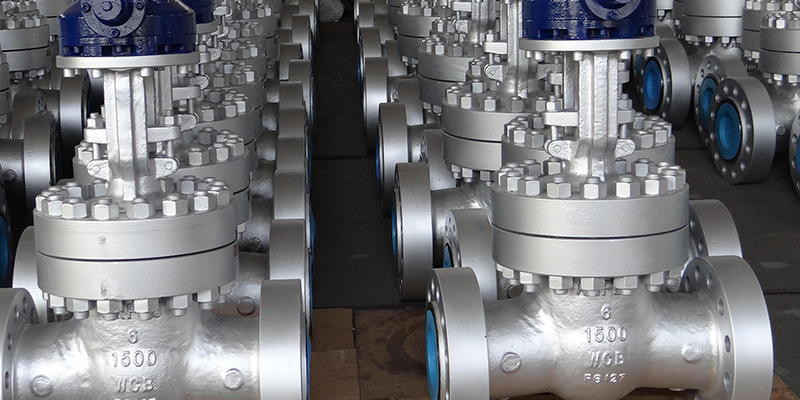
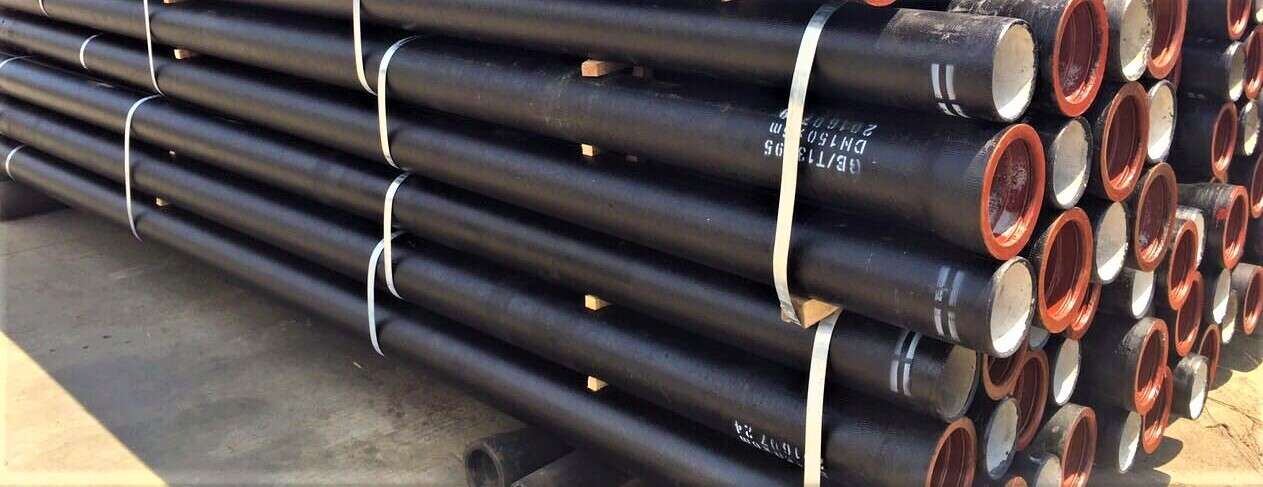


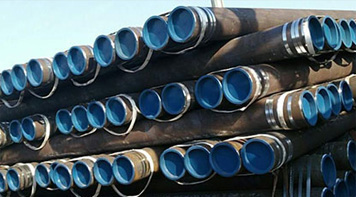 Eastern Steel Manufacturing Co.,Ltd not only improve product production and sales services, but also provide additional value-added services. As long as you need, we can complete your specific needs together.
Eastern Steel Manufacturing Co.,Ltd not only improve product production and sales services, but also provide additional value-added services. As long as you need, we can complete your specific needs together.
